Through these destinations, the heroic history of the Vietnamese people is vividly recreated, contributing to the promotion, dissemination and preservation of precious traditional values.
Meaningful destinations
Coming to Ho Chi Minh City, tourists cannot miss historical places such as: Independence Palace, War Remnants Museum, Ho Chi Minh City Museum, Ho Chi Minh Campaign Museum, Saigon Special Forces Museum, Cu Chi Tunnels, Sac Forest War Zone, secret tunnels in the heart of the city...
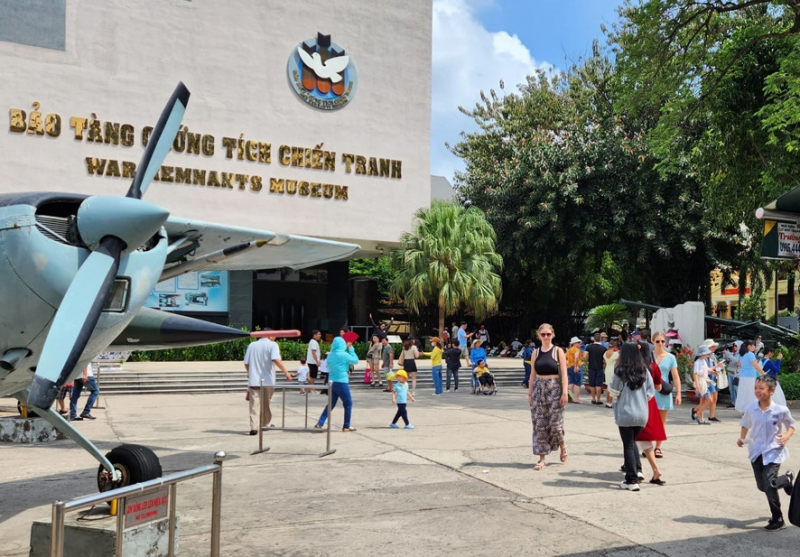
The Independence Palace is a special national monument, not only a unique architectural work but also an important historical witness, marking the great historical moment of the nation on the Day of Southern Liberation and National Reunification on April 30, 1975. Currently, the Independence Palace is one of the most important historical tourist attractions in Ho Chi Minh City, attracting millions of visitors every year.
The next destination is the War Remnants Museum. This is where thousands of artifacts, images and documents about the resistance war against the US to save the country are displayed. Coming here, domestic and foreign tourists can better understand the losses, pain as well as the indomitable spirit of the Vietnamese people in the struggle for independence.
The Ho Chi Minh City Museum is a place to preserve stories related to the Saigon River, the history of formation and development of Saigon - Ho Chi Minh City. The museum is a place to preserve many artifacts and stories related to the Saigon River, the history of formation and development of the city. The valuable documents here help visitors better understand the process of formation and development of the city.
Coming to the Ho Chi Minh Campaign Museum, visitors can witness with their own eyes the artifacts and documents that recreate the entire Saigon - Gia Dinh Liberation Campaign, a brilliant milestone in the history of the nation. With many valuable images, models and historical documents, this museum helps visitors understand more deeply about the important developments in the final stage of the resistance war against the US to save the country.
The Saigon Special Forces Museum allows visitors to see first-hand the artifacts of the special forces, especially the floating bunker and secret mailbox before 1975. In addition to visiting museums, visitors can also explore sophisticated underground structures in the heart of the city, listening to touching stories about the heroic sacrifices of special forces soldiers.
One of the places that leaves a deep impression on visitors is the Weapons Cellar of the Saigon Special Forces that attacked the Independence Palace in 1968 (Weapons Cellar). The weapons cellar of the Saigon Special Forces is one of the important relics associated with the General Offensive and Uprising in the Spring of 1968. This weapons cellar once contained nearly 3 tons of weapons, serving the battles against the headquarters of the Saigon government. Today, this place has become an interesting tourist destination, helping visitors better understand the sophisticated preparation and bravery of the special forces soldiers. The secret weapons cellar during the anti-American resistance war (1965-1975) was a place to store weapons, logistics, and supplies for the Saigon Special Forces soldiers. The historical relic of the Saigon - Gia Dinh City Party Committee's Secret Base is a place to hide and protect the safety of revolutionary cadres and key leaders.
Pho Binh Restaurant is the secret headquarters of the Saigon Special Forces. This place was once the place to discuss strategies and issue orders for the Tet Offensive in 1968. Behind the simple appearance of a pho restaurant, this was once an important revolutionary base. Today, the restaurant still retains its old features, becoming a special tourist attraction for those who want to learn about the history of the Saigon Special Forces.
A famous place known to many domestic and foreign tourists is the Cu Chi Tunnels. This is an underground defense system in Cu Chi district, an important historical relic, demonstrating the heroic and indomitable fighting spirit of our army and people. This is also a unique architectural work, demonstrating the creativity and talent of the Vietnamese people. This system was built mainly during the resistance war against the US to save the country, one of the attractive tourist attractions, attracting a large number of domestic and foreign tourists.
Coming here, visitors will visit the tunnel system, walk in small, narrow tunnels, explore unique structures such as the dining tunnel, sleeping tunnel, meeting tunnel, Hoang Cam kitchen... Visitors will hear stories about the life and fighting of our army and people in the tunnels. The journey to explore the "legendary tunnels" takes visitors through secret tunnels, listening to stories about the brave soldiers who devoted their youth to national independence. Each step through the tunnels is a reliving of historical moments, helping visitors better understand the silent sacrifices in the struggle for independence.
Patriotic education
The red addresses in Ho Chi Minh City are not only tourist destinations but also have historical significance, are "living history books", contributing to educating patriotism and national pride for the young generation, helping the young generation better understand the heroic history of the nation. Stories about the heroic sacrifices and bravery of revolutionary soldiers are a great source of inspiration, arousing patriotism and national pride in each person. The red addresses not only attract visitors but are also places to organize educational activities and historical research. Many schools have taken students to visit museums and relics to help them understand more about national history, fostering love for their homeland and country. The red addresses in Ho Chi Minh City are not only valuable heritages but also attractive tourism products, bringing great value in educating patriotism, contributing to socio-economic development.
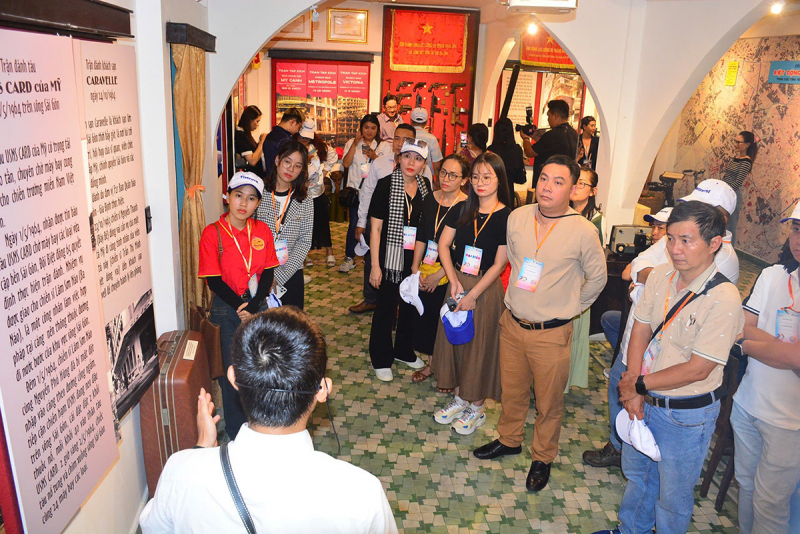
In the heroic atmosphere of the historic April days, on the occasion of the 50th anniversary of the Liberation of the South and National Reunification, exploring the red addresses in Ho Chi Minh City becomes more meaningful than ever.
Mr. Le Hoang Nam from Ho Chi Minh City shared: "Although I was born and raised in Saigon, it was only when I joined this journey that I truly understood the history of the city I live in. The bunkers, secret weapons and stories about silent people gave me a new perspective on the glorious past. This is not only a tour but also a meaningful history lesson."
American tourist Sarah Thompson felt after visiting secret bunkers in Ho Chi Minh City: "I was really surprised when discovering these relics. The way the Saigon Special Forces operated and prepared carefully in secret bunkers is something I have never known. This tour helped me understand more about Vietnamese history and the resilience of the people here."
Korean tourist Robert Lee said: "I was very impressed with the authentic recreation and historical stories told in this journey. Thanks to the tour, I understood more about the Vietnam War from the perspective of the people and those who fought for independence. A truly memorable experience!".
According to Nguyen Thi Anh Hoa, Director of Ho Chi Minh City Department of Tourism, the tourism program combines with real experiences of red addresses such as "Saigon Special Forces - Legendary bunkers", visitors can visit and experience landmarks, historical relics, places displaying and preserving artifacts, images of a heroic historical period and the revolutionary struggle tradition of the nation; stories about the brave, heroic and resilient fighting of the Saigon Special Forces, helping to vividly recreate historical stories, leaving a deep impression in the hearts of visitors.
With the continuous development of Ho Chi Minh City, the preservation of historical relics is an important task to maintain the traditional values of the nation. The tourism industry plays an important role in spreading historical stories, helping the next generation approach the past in a more vivid and realistic way.
Source: https://cand.com.vn/Tieu-diem-van-hoa/nhung-dia-chi-do-khoi-day-niem-tu-hao-dan-toc-i766710/


![[Photo] Bustling construction at key national traffic construction sites](https://vphoto.vietnam.vn/thumb/1200x675/vietnam/resource/IMAGE/2025/5/2/a99d56a8d6774aeab19bfccd372dc3e9)

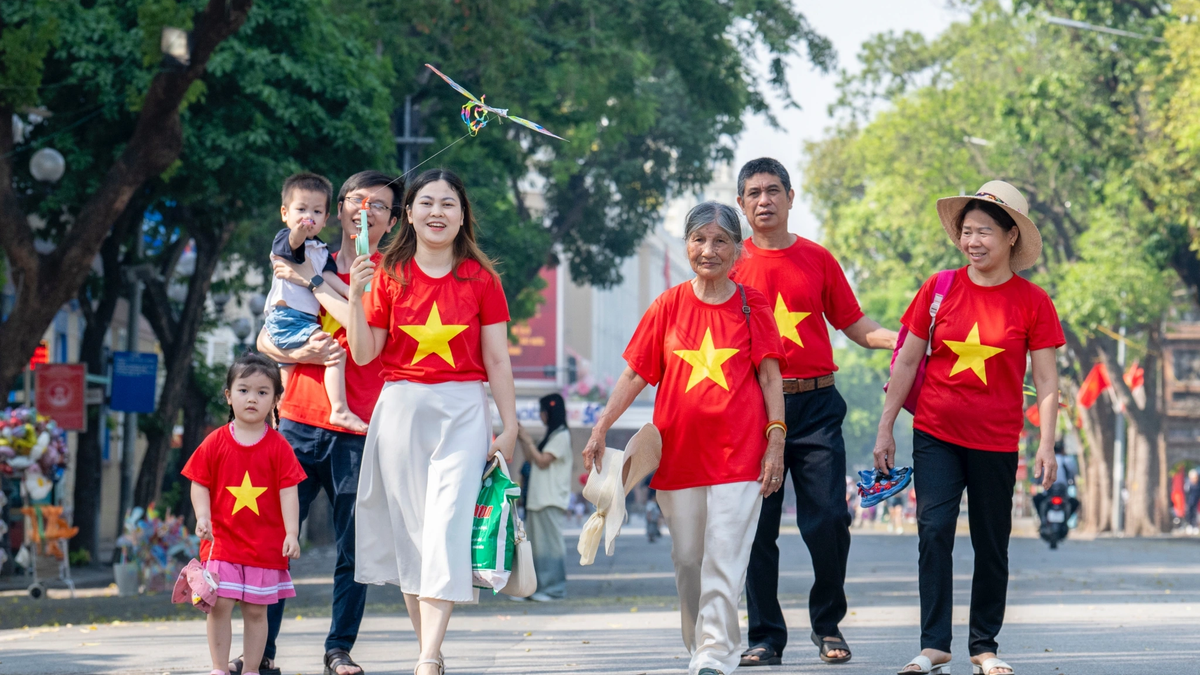





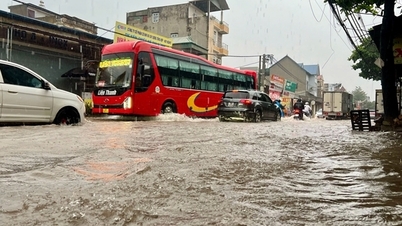

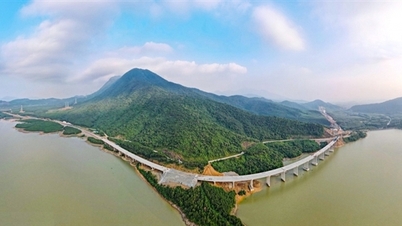







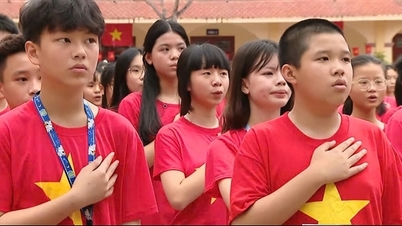


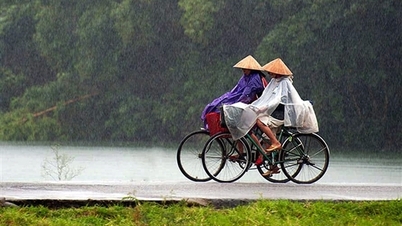
![[Photo] Binh Thuan organizes many special festivals on the occasion of April 30 and May 1](https://vphoto.vietnam.vn/thumb/1200x675/vietnam/resource/IMAGE/2025/5/1/5180af1d979642468ef6a3a9755d8d51)

![[Photo] "Lovely" moments on the 30/4 holiday](https://vphoto.vietnam.vn/thumb/1200x675/vietnam/resource/IMAGE/2025/5/1/26d5d698f36b498287397db9e2f9d16c)


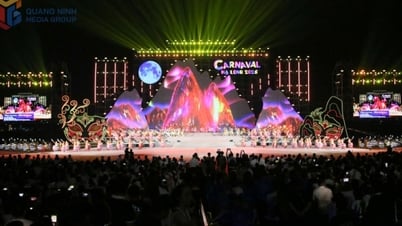

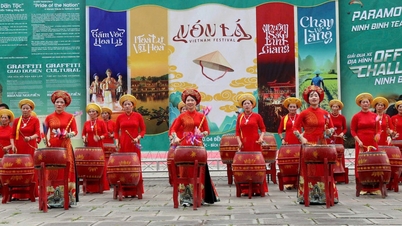

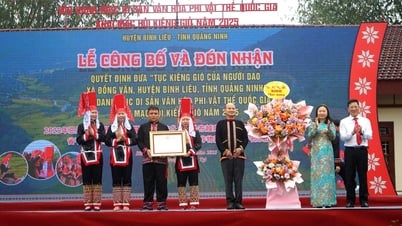



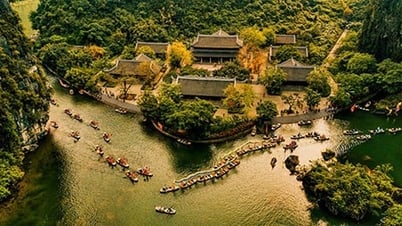

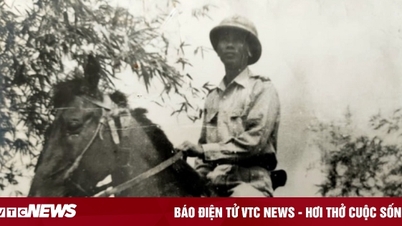

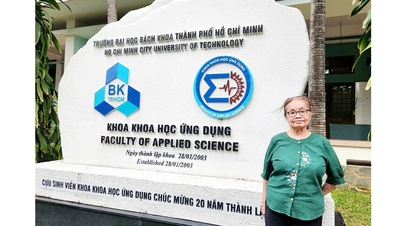

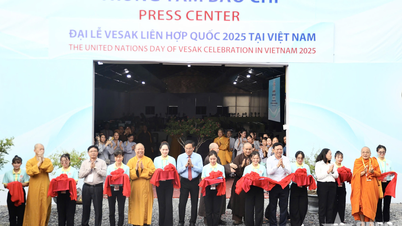


















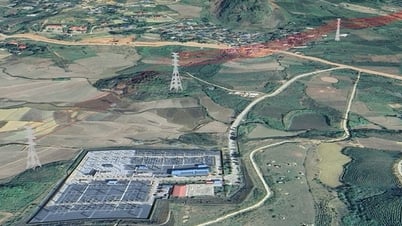
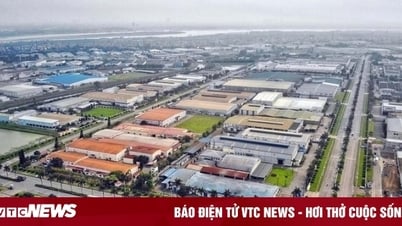
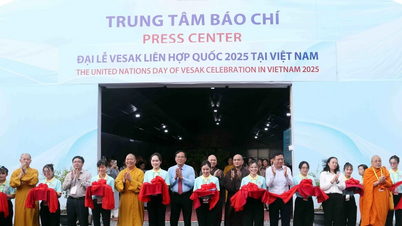














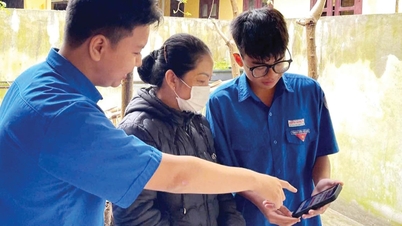
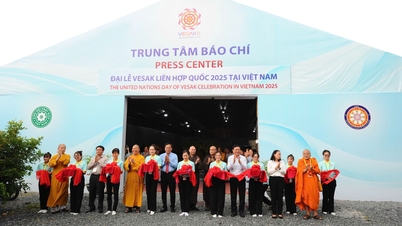

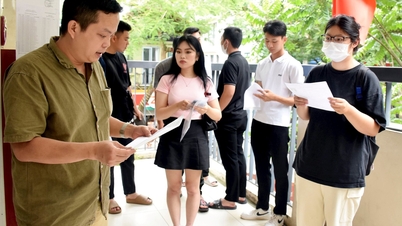







Comment (0)